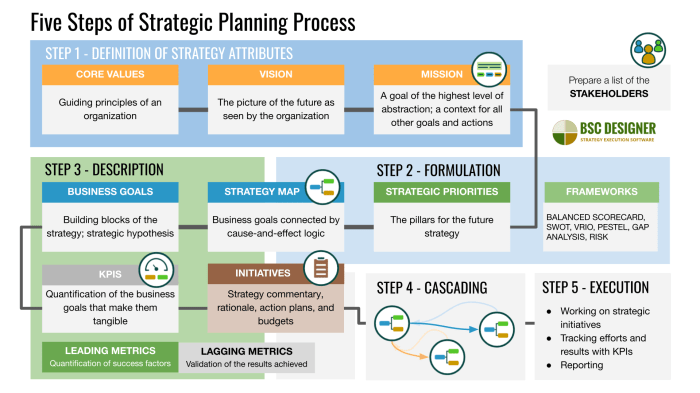New strategies often entail budget reallocations because they necessitate a shift in financial resources to support their implementation. This comprehensive guide delves into the implications, identification methods, cost-benefit analysis, stakeholder engagement, and monitoring strategies associated with budget reallocations in the context of new initiatives.
Understanding the complexities of budget reallocations is crucial for organizations seeking to optimize their financial resources and achieve their strategic objectives.
Budget Reallocation Implications: New Strategies Often Entail Budget Reallocations Because
Implementing new strategies often requires organizations to reallocate their budgets to support these initiatives. This involves shifting funds from existing programs or initiatives to those that align with the new strategic direction. Budget reallocations can impact various aspects of an organization, including:
- Operational costs:Reallocations may affect operational expenses such as staffing, equipment, and supplies.
- Program funding:Funds may be shifted away from existing programs to support new initiatives.
- Capital expenditures:Reallocations may impact capital investments in infrastructure, technology, or other long-term assets.
- Human resources:Reallocations may require changes in staffing levels, job roles, or employee compensation.
Identifying Areas for Reallocation

To identify areas within the budget that can be reallocated, organizations can use various methods:
- Activity-based costing:This method involves analyzing the costs associated with specific activities or processes.
- Zero-based budgeting:This approach requires organizations to justify every expense in their budget from scratch, eliminating any unnecessary or low-priority items.
- Scenario planning:This involves creating different budget scenarios based on potential changes in the organization’s environment.
It is important to prioritize and evaluate potential areas for reallocation based on their alignment with the new strategic direction, their potential impact on the organization, and their return on investment.
Cost-Benefit Analysis

Cost-benefit analysis plays a crucial role in evaluating the potential impact of budget reallocations. This involves assessing the costs and benefits associated with the new strategy and comparing them to the costs and benefits of the existing strategy.
To conduct a cost-benefit analysis, organizations can follow these steps:
- Identify the costs and benefits of the new strategy.
- Quantify the costs and benefits, if possible.
- Compare the costs and benefits to determine the net benefit.
- Make a decision based on the net benefit.
Cost-benefit analysis can help organizations make informed decisions about budget reallocations by providing a framework for evaluating the potential return on investment.
Stakeholder Engagement

Engaging stakeholders in the budget reallocation process is essential for gaining their support and buy-in.
Organizations can use the following strategies to engage stakeholders:
- Communicate the need for reallocations:Clearly explain the reasons behind the budget reallocations and how they align with the new strategic direction.
- Seek input from stakeholders:Gather feedback from stakeholders on the proposed reallocations and consider their perspectives.
- Address stakeholder concerns:Respond to any concerns or objections raised by stakeholders and provide rationale for the reallocations.
- Build consensus:Work with stakeholders to reach a consensus on the final budget reallocations.
By engaging stakeholders in the process, organizations can increase the likelihood of successful budget reallocations and minimize resistance.
Monitoring and Evaluation

Monitoring and evaluating the impact of budget reallocations on new strategies is crucial for ensuring that the desired outcomes are achieved.
Organizations can use the following methods to monitor and evaluate budget reallocations:
- Track progress:Regularly monitor the progress of the new strategy and compare it to the original plan.
- Measure results:Quantify the results of the new strategy and compare them to the expected outcomes.
- Identify areas for improvement:Based on the monitoring and evaluation results, identify areas where the budget reallocations can be improved.
- Make adjustments:Make adjustments to the budget reallocations as needed to ensure that the new strategy is achieving its intended goals.
By monitoring and evaluating budget reallocations, organizations can ensure that they are making the most effective use of their resources and achieving their strategic objectives.
FAQs
What are the primary reasons for budget reallocations?
Budget reallocations are primarily driven by the need to support new initiatives, address changing priorities, optimize resource utilization, and respond to unexpected circumstances.
How can organizations identify areas for budget reallocation?
Organizations can identify areas for budget reallocation through a comprehensive review of their current budget, analysis of historical spending patterns, and evaluation of potential cost savings.
What is the role of cost-benefit analysis in budget reallocations?
Cost-benefit analysis provides a structured framework for evaluating the potential impact of budget reallocations by comparing the anticipated benefits to the associated costs.